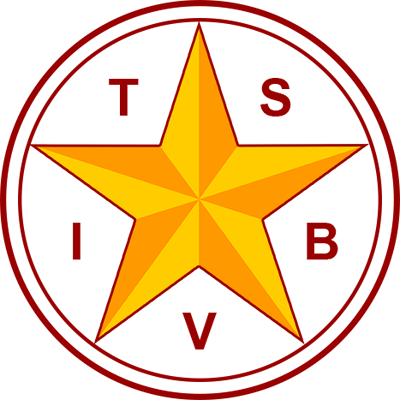Wearable Technology: A Motivator for Fitness?
Authors: N/A
Keywords: TSBVI, Blind, Visually Impaired, United States Association of Blind Athletes (USABA), Fitbit
The Texas School for the Blind and Visually Impaired recently signed an agreement with the United States Association of Blind Athletes (USABA) to implement a National Fitness Challenge program at TSBVI. With funding from USABA and the Anthem Foundation, approximately 25 students will be wearing Fitbit devices on their wrists to monitor physical activity for the next 9 months. One of the strategies being used by USABA to promote fitness is to connect these Fitbit users with other participants locally and around the country in order to develop a social network of people striving to reach fitness goals. Along with some sports tournaments such as goalball and a Paralymic/Olympic Day, TSBVI and USABA aim to use the wearable technology and social networking so popular among young people to influence students towards an interest in life-long fitness.
USABA is housed at the Olympic training facilities in Colorado Springs. It is an organization for serious athletes who want to compete at the highest level in paralympic sports. It is a testament to their commitment to fitness for all that they have reached out to 9 organizations such as TSBVI without any requirements on the athleticism of the participants. It is my assumption that USABA realizes that increased fitness among all students will lead to a larger pool of developing athletes who might one day decide that they want to be involved at a higher level.
TSBVI offers many opportunities for students to participate in physical fitness and sports activities during the day, in the evenings, and on weekend competitions with other schools. Students coming to TSBVI often say that the opportunity to be on a sports team is something they highly value. Still, there are many students at the school who are way less active than is desired by those of us who worry about the long term impact of a sedentary lifestyle. Perhaps this snazzy looking, wearable technology found in the Fitbit will be a motivator that gets traction and kid-to-kid buzz about fitness.
Students with more significant disabilities can be at even higher risk for insufficient physical activity as part of their daily routine. Some may not personally connect with sports or the pursuit of fitness goals in the same way promoted by USABA, but everyone is going to have a higher quality of life if fitness is part of their routine. It’s encouraging to read that walking 30 minutes a day at a comfortably brisk pace delivers about 90% of the benefit of more strenuous exercise. If walking is not an option, then a stationary or tandem bike might be a good fit.
One of the better resources on fitness for students with visual impairments of all ability levels is Dr. Lauren Lieberman, the founder of Camp Abilities (www.campabilities.org). USABA can be reached at www.usaba.org . At TSBVI, Kristine Seljenes is at seljenesk@tsbvi.edu for information about the school’s Fitbit program. In Texas, the regional Education Service Centers are generally aware of sports and fitness activities available within their regions. The Sports Extravaganza held annually in the DFW area draws a big turnout and is a great place to introduce a young person to fitness and the fun of competition.
